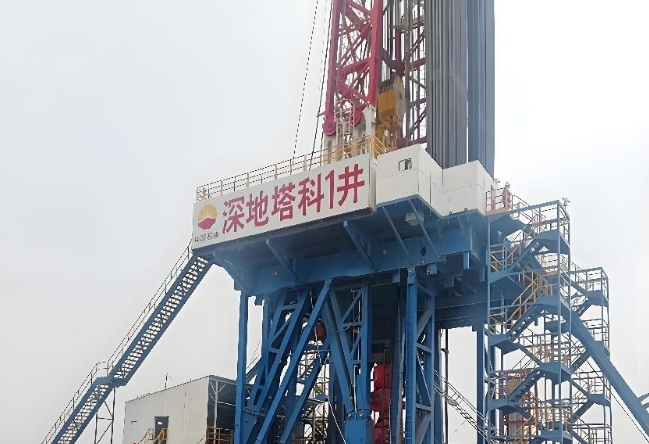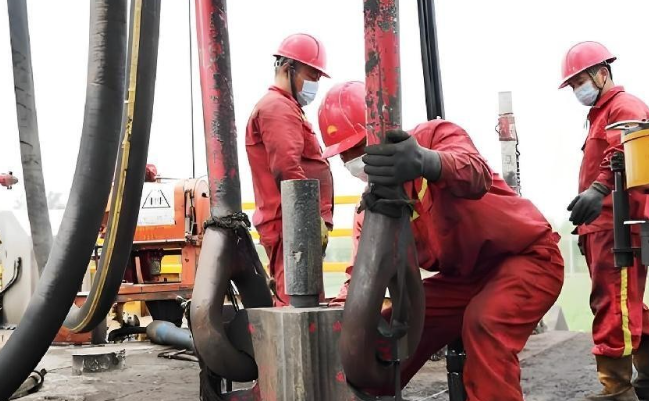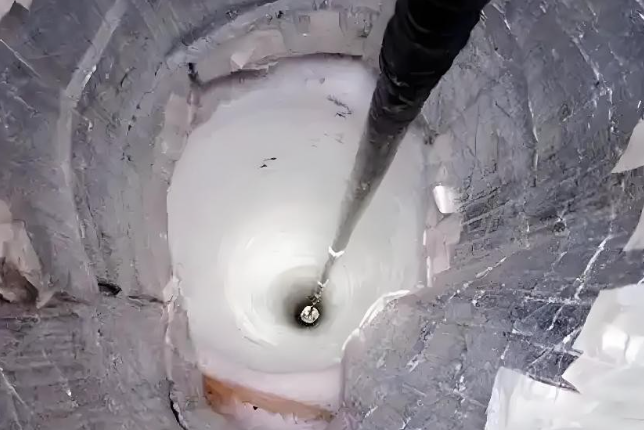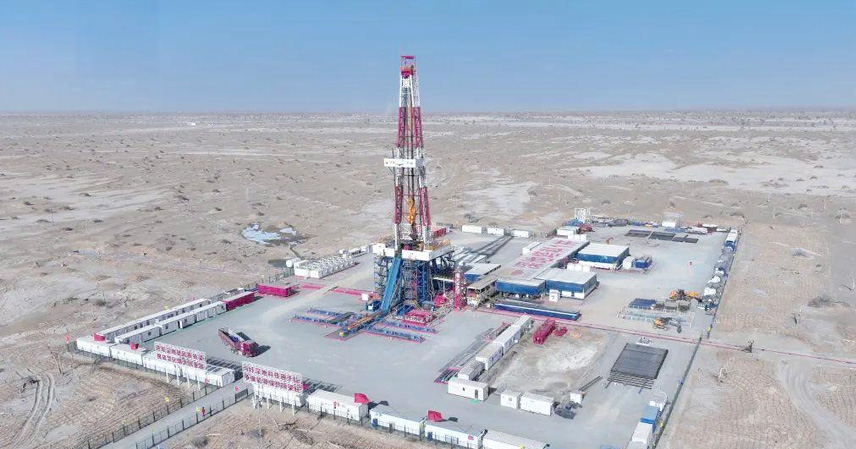As global competition for energy intensifies, energy security has become a matter of national survival. With traditional fossil fuels dwindling and heavy reliance on imports posing strategic risks, China has turned to the deep Earth in search of new solutions.
In 2025, the Deep Earth Takor-1 Well reached an astonishing 10,910 meters, setting a new Asian record for onshore drilling depth. This technological leap is more than a number—it marks a historic breakthrough in global deep-earth exploration and a milestone in China’s pursuit of energy independence.
The Deep Earth Takor-1 Well
The successful completion of Takor-1 is both a symbol of China’s rising scientific capability and a major advance in energy exploration. Unlike previous efforts by the U.S. and Soviet Union—which stalled halfway due to extreme conditions—China’s project overcame the toughest challenges of ultra-deep drilling.

Why did China succeed where others failed? The answer lies in two key drivers:
- Urgent energy demand. With over 70% of its oil and nearly 50% of its natural gas imported, China faces significant exposure to geopolitical disruptions. The “Malacca Dilemma”—China’s dependence on the narrow Malacca Strait for oil transport—remains a strategic vulnerability.
- Technological innovation. China invested heavily in next-generation drilling rigs, materials, and automated systems, pushing through limits once thought impossible.
Engineering Challenges of the Deep Earth
Drilling over 10 kilometers into the Earth is no small feat. At such depths, the temperature exceeds 220°C, while the pressure is equivalent to 1,450 cars pressing down on a single fingertip.
Traditional drilling systems cannot withstand these conditions—electrical systems fail, drill bits wear out rapidly, and sealing materials collapse.
China’s answer was the world’s first 12,000-meter automated drilling rig, built domestically. Designed to withstand extreme heat and pressure, it integrates advanced automation to adjust drilling strategies in real time, supported by ultra-deep well-logging equipment for precise geological data.
This combination of innovation and endurance allowed the Takor-1 team to succeed where previous attempts had stalled.

Scientific Discoveries: Rock Cores and Oil & Gas Shows
The Takor-1 project was not just about depth—it was about what lies beneath.
- Rock cores from 10,000 meters deep provide an unprecedented record of Earth’s internal history, preserving evidence of geological processes spanning hundreds of millions of years. These cores offer vital insights for geology, seismic risk prediction, and climate studies.
- Even more exciting was the first-ever detection of oil and gas shows at depths between 10,851 and 10,910 meters. Long believed to be a “forbidden zone” for energy extraction, these signs confirm the potential of ultra-deep hydrocarbon reserves.
In the Tarim Basin, researchers identified high-quality source rocks and two types of carbonate reservoirs, laying the groundwork for large-scale future exploration.
Why It Matters: Energy Security and Strategic Leverage
For China, the discovery represents both a scientific breakthrough and a strategic safeguard. Domestic ultra-deep oil and gas reserves could ease dependence on volatile international supply chains and buffer against geopolitical risks.
Globally, the Takor-1 success expands the horizon of energy exploration. If ultra-deep reserves can be tapped, countries facing resource shortages may see new opportunities to diversify supply.

Broader Implications of Deep Earth Technology
China’s advances in deep drilling are not limited to oil and gas. The technology has wide-ranging applications, including:
- Geothermal energy extraction for clean and renewable power.
- Geological hazard monitoring, improving earthquake prediction and disaster readiness.
- Safe nuclear waste disposal in deep stable geological formations.
As the technology matures, these applications could reshape not only energy markets but also environmental management and scientific research worldwide.
Conclusion
The Takor-1 Well is more than an engineering marvel—it is a turning point in how humanity approaches the Earth’s hidden resources.

By breaking the 10,000-meter barrier, China has secured a stronger footing in energy security, opened new scientific frontiers, and offered the world a vision of sustainable, diversified resource development.
In an era where energy is power, this “deep treasure” beneath China’s soil may prove to be one of the country’s most valuable assets for the decades ahead.
References
- China National Petroleum Corporation (CNPC) technical briefings, 2025
- Xinhua News Agency reports on Takor-1 drilling project
- Energy Research Institute of China Academy of Sciences, deep-earth studies 2025
- International Energy Agency (IEA) analysis on global energy security



